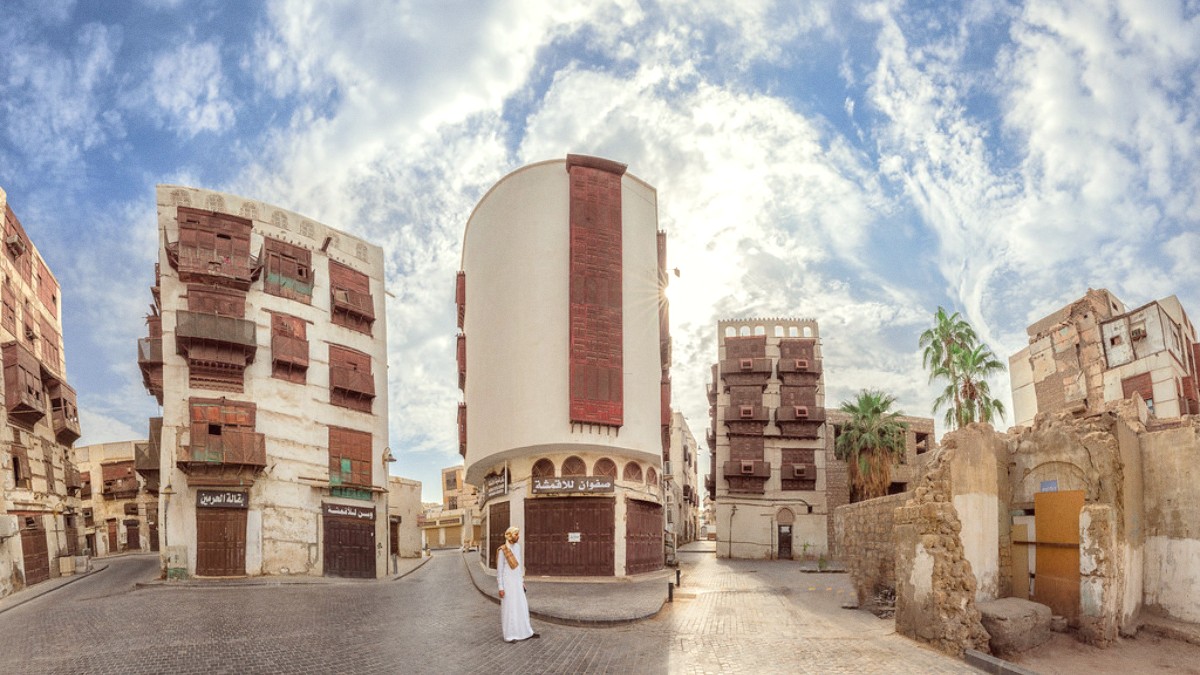
Hejaz, Saudi Arabia
Jeddah invites exploration of this remarkable duality, a place where profound tradition and swift progress meet. This city is more than a transit point for travelers; it is a deep, enriching dive into Arabian hospitality, a gateway to underwater wonders, and a captivating view of a transforming nation.
Here, the aroma of frankincense mixes with the scent of the sea, and the call to prayer blends with the hum of a contemporary city.
This journey uncovers a new facet of Saudi Arabian life with every turn.
Jeddah sits strategically on the eastern shore of the Red Sea, within the historic Hejaz region of Saudi Arabia. This prime coastal location significantly shapes its climate, economy, and the daily rhythm. The city stretches along a major portion of the Red Sea coastline, giving access to its waters.
To Jeddah's east, the vast, arid Arabian Desert begins, presenting a dramatic and contrasting landscape. This transition from sea to sand within a short distance means an easy move from marine adventures to desert excursions. The desert has its own unique beauty, from rolling dunes to ancient wadis and rock formations.
Abundant marine activities, world-class diving sites.
Opportunities for desert excursions and stargazing.
Straightforward movement within the city, but wide distances.
A noticeable element in Jeddah's climate, especially in warmer months.
Historically facilitating trade routes connecting the Peninsula with Africa and Asia.
The sea acts as a natural buffer, moderating temperatures compared to the deep desert, though humidity remains a consistent factor. This unique blend of marine and desert environments defines Jeddah, influencing everything from its fresh seafood cuisine to its historical architecture.
Jeddah's spread-out nature means distances between different districts can be considerable. Modern infrastructure, including wide roads and a developing public transport network, helps connect these areas.
The historical architecture is designed for cooling, reflecting the people's deep connection to both the water and the land, a direct influence of the geographical setting.
Jeddah's geography shapes its identity, culture, and daily life, creating a destination of contrasts and discovery.
Jeddah's historical narrative stretches back over a thousand years, positioning it as one of the Arabian Peninsula's most enduring and continuously inhabited urban centers.
Its rise to prominence began in the 7th century, when the third Islamic Caliph, Uthman ibn Affan, made a momentous decision: he designated Jeddah as the official port for Makkah.
The city became the main maritime entry point for millions of pilgrims.
Merchants and travelers from Africa, Asia, and Europe converged here.
This ceaseless exchange fostered an uniquely multicultural identity.
The historic district of Al-Balad is tangible proof of this rich past. Its distinctive architecture, characterized by multi-story coral stone houses, features elaborate wooden Roshan balconies.
Jeddah remains a bustling commercial center and a major Red Sea port.
Ancient Al-Balad structures stand respectfully near contemporary high-rises.
A city home to a truly diverse population, reflecting its international history.
Wander through markets that traded for centuries, then dine at a cutting-edge restaurant with sea views, all within the same day.
This city is not just a destination; it represents an opportunity to observe and be part of a fascinating cultural evolution.
Jeddah delights with its blend of old and new, offering an unique perspective on a transforming nation.